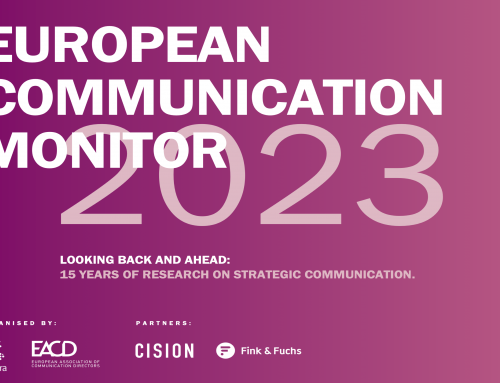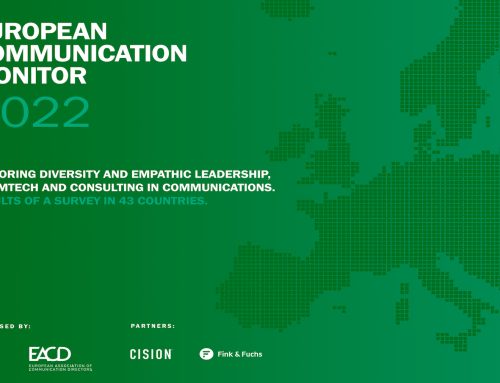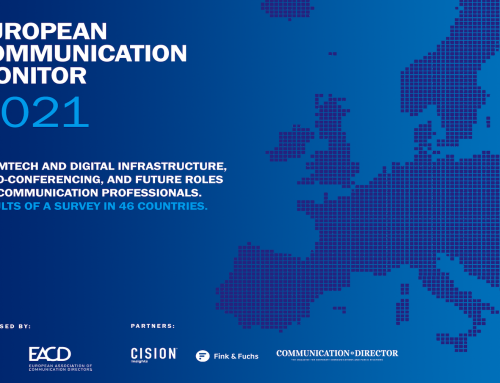Public Relations Review, the most renowned academic journal in our field, has just published a new article based on data from the European Communication Monitor project. The peer-reviewed text authored by Piet Verhoeven and colleagues is titled “Public relations and the rise of hypermodern values: Exploring the profession in Europe.”
It raises the question of whether European public relations (PR) and communications professionals perceive a cultural transformation in the direction of hypermodernity, and if so, attempts to assess how this influences their organizations and their work. Questions were asked in the European Communication Monitor 2017, an annual survey among communications professionals, and 3387 respondents from 50 European countries filled in the questionnaire. The results indicate that European professionals recognize a cultural transformation in the direction of hyper consumption, hyper modernization and hyper narcissism that influences the communication between their organizations and their stakeholders.
A cluster analysis shows that less than half of the respondents perceive a transformation of their organization in the direction of hypermodern characteristics and values. Organizations with post/hypermodern characteristics have superior communications departments compared to modern organizations. Post/hypermodern
organizations and excellent communications departments also engage more often in societal debates than other types of organizations and departments.
Free download available (as long as stock lasts …)
The publisher, Elsevier, offers 50 free copies of the journal article for download. Click here and check whether there are still copies available – if so, you’ll be able to download the PDF for free. Researchers with access to university libraries might also be able to download the article from the journal’s website on the intranet.
Reference:
Verhoeven, P., Zerfass, A., Verčič, D., Moreno, A., & Tench, R. (2018). Public relations and the rise of hypermodern values: Exploring the profession in Europe. Public Relations Review, 44(4), 471–480.





